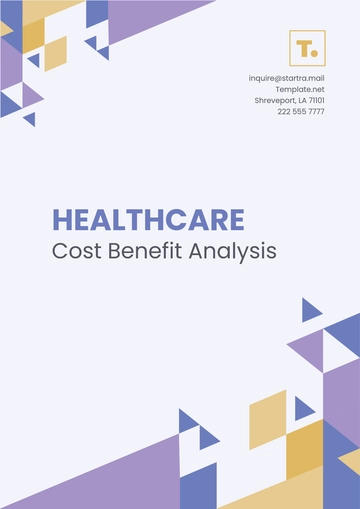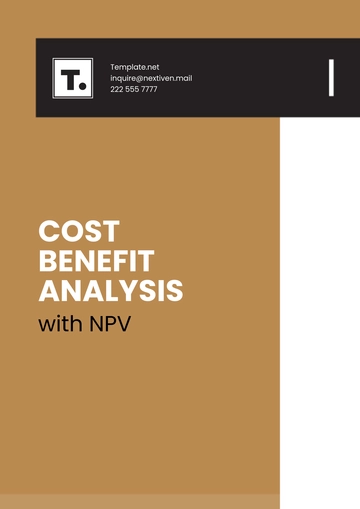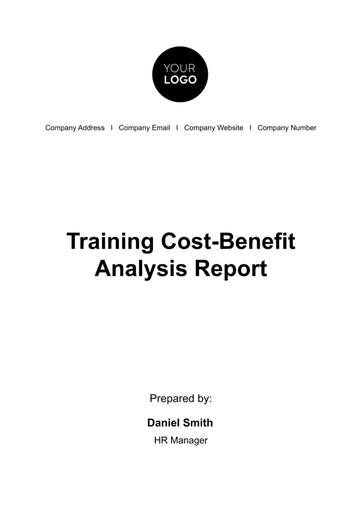Free Healthcare Cost Benefit Analysis

I. Introduction
The purpose of this analysis is to evaluate the costs and benefits associated with healthcare services for [YOUR COMPANY NAME]. Understanding this dynamic is essential to enhancing the efficiency and effectiveness of healthcare systems. This analysis will delve into various aspects of healthcare costs, explore the associated benefits, and provide a framework for informed decision-making.
II. Cost Analysis
A. Direct Costs
Direct costs refer to expenses directly associated with healthcare delivery. These include, but are not limited to, hospital services, physician fees, medication costs, and other related expenses. The direct costs are generally straightforward to identify and quantify.
Cost Category | Examples | Estimated Costs |
|---|---|---|
Hospital Services | Surgical procedures, inpatient care | $15,000 per admission |
Physician Fees | Consultations, Follow-up appointments | $125 per consultation |
Medications | Prescription drugs, Vaccines | $200 per month |
B. Indirect Costs
Indirect costs arise from loss of productivity due to illness or recovery, long-term disability care, and other associated factors. The impact of these costs is significant yet often underestimated.
Loss of income due to absence from work
Expenses for ongoing rehabilitation and support
Long-term care for chronic illnesses
III. Benefit Analysis
A. Tangible Benefits
Tangible benefits are quantifiable improvements such as reduced mortality rates, lower hospitalization rates, and improved health outcomes. Measuring these benefits provides a concrete basis for cost-benefit analysis.
Benefit Category | Description | Monetary Value |
|---|---|---|
Reduced Mortality | Decrease in deaths due to effective treatments | $500,000 per life saved |
Lower Hospitalization | Fewer hospital admissions due to preventive care | $10,000 per admission avoided |
Improved Health Outcomes | Better quality of life and healthcare satisfaction | $8,000 per patient annually |
B. Intangible Benefits
Intangible benefits, although less quantifiable, significantly influence the healthcare system's success. These include enhanced quality of life, increased patient satisfaction, and improved mental health.
Improved Quality of Life
Increased Patient Satisfaction
Enhanced Social and Mental Well-being
IV. Conclusion
In summary, the cost-benefit analysis of healthcare involves a comprehensive evaluation of both the direct and indirect costs against tangible and intangible benefits. A thorough understanding of these elements can guide policy-makers and healthcare providers in optimizing resource allocation, improving healthcare delivery, and achieving a higher standard of care. A balanced approach considering both economic and quality-of-life aspects can foster a sustainable and equitable healthcare system.
- 100% Customizable, free editor
- Access 1 Million+ Templates, photo’s & graphics
- Download or share as a template
- Click and replace photos, graphics, text, backgrounds
- Resize, crop, AI write & more
- Access advanced editor
Streamline decision-making in the medical field with Template.net’s Healthcare Cost Benefit Analysis Template. This customizable template, editable in our AI Editor Tool, is designed to evaluate healthcare investments or programs efficiently. Perfect for hospitals, clinics, or researchers, it offers a professional format for presenting thorough, data-driven analyses. Get this today!





























